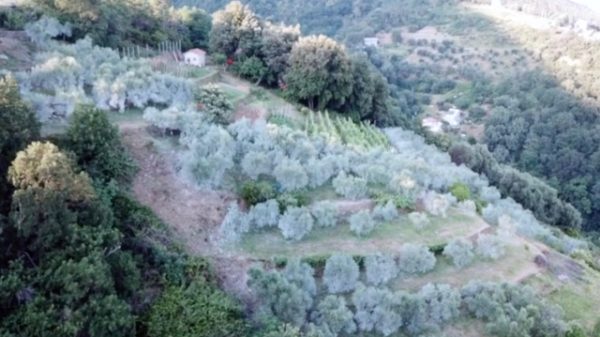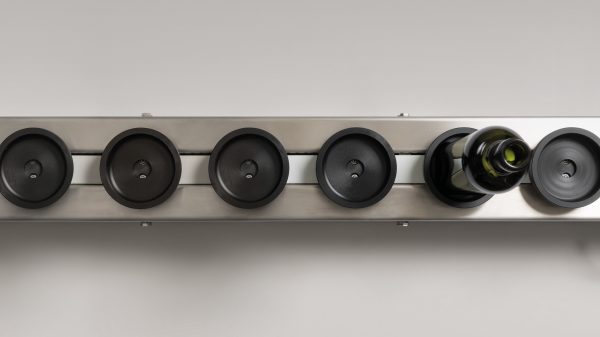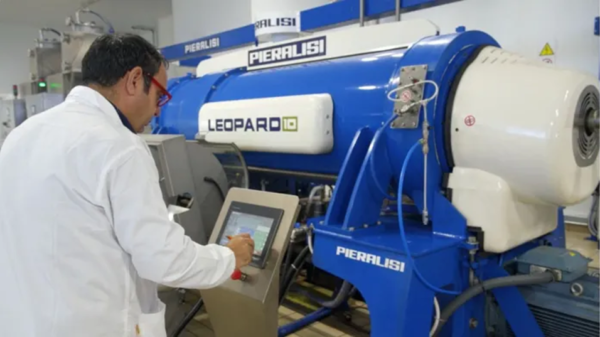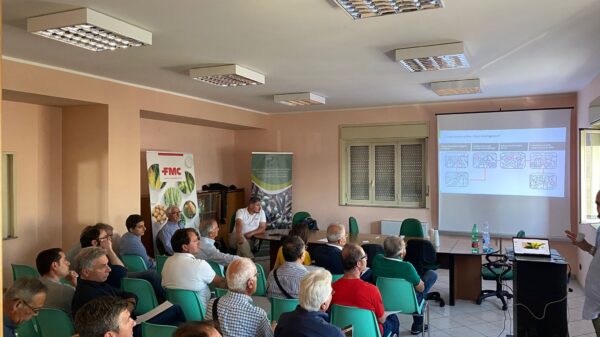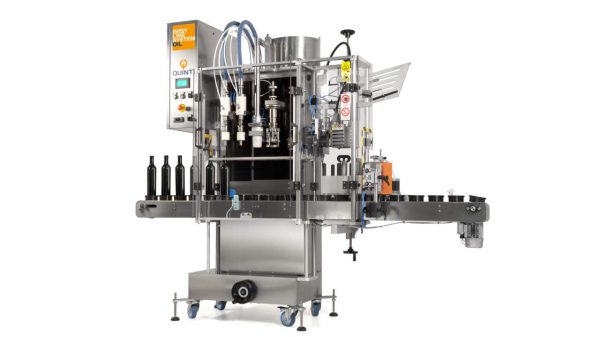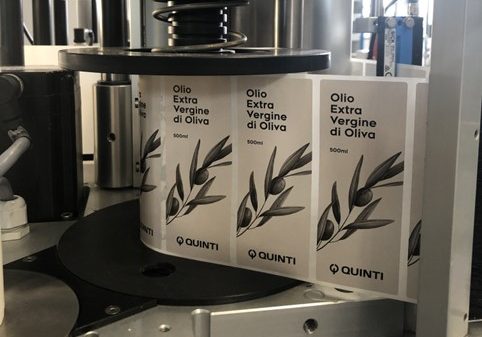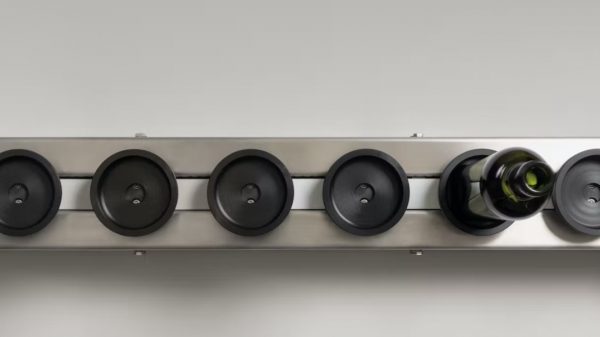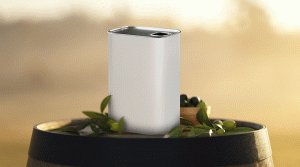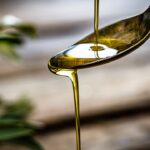Much has been done at the regulatory level in Italy to limit counterfeiting of oil and protect its valuable nutritional parameters; in fact, the provisions of Regulation n.2568/91/EEC and its subsequent amendments are the most restrictive in Europe.
But if legislation is an essential tool against counterfeiting, it is clear that it is not sufficient by itself to clarify the organoleptic value of oil. The polyphenol test, which can be performed with CDR OxiTester, can on the one hand help improve the definition of quality and on the other support the work of the oil sector.
The anti-counterfeiting legislation
In terms of analytical control, the protection of the quality of extra virgin olive oils is implemented by applying the sampling methods envisaged by Regulation No. 2568/91/EEC and subsequent amendments which also sets precise limits for the chemical, chemical-physical parameters and for the organoleptic evaluation. Today it is the vademecum for the entire oil sector which adapts to it to unambiguously define not only the various types of oil, but also the sampling methods for verifying the conformity of a sample of olive oil to the declared category, the sequence of the analyzes to be carried out on the same sample, the parameters useful for compliance and the corresponding range of values, the Community practices of chemical analysis and organoleptic evaluation.
Reg. no. 61/2011, which came into force on 1 April 2011, introduced the analysis of alkyl esters as an official quality parameter of extra virgin olive oil, having implemented the indications of the International Olive Council (IOC). This legislation was updated with Reg. 1348/2013 which lowered the limits to prevent the legalization of poor quality and deodorized oils.
Polyphenols and organoleptic quality
Other anti-fraud parameters envisaged by the regulation are acidity, which must be less than 0,8 to classify an extra virgin olive oil; peroxides, an important marker especially in the conservation phase; waxes, the anti-fraud parameter par excellence, since they can be very high on an oil extracted with solvents; finally analysis of the ultraviolet which helps to solve the problem of recognizing the rectified oil.
If, therefore, the Regulation has set strict limits to protect the consumer from adulteration, still today there is an important vacuum regarding polyphenols, index and guarantee not only of first-rate organoleptic and sensory qualities such as bitterness and pungency, but also a parameter that contributes to prolonging the shelf life of the product. It is necessary to resort to other disciplines recognized by the European Union such as the DOP to concretely support and improve the concept of quality.
CDR OxiTester and the polyphenol test
In this rather articulated framework of rules and regulations, how can we simplify the work of the oil sector in quality monitoring? Official analytical methods require equipped laboratories, qualified technicians and expensive instrumentation. è it is therefore necessary to experiment with unconventional and more sustainable analytical approaches for companies in the sector.
To meet this specific need, CDR has developed and produced OxiTester, an intuitive, fast and reliable analytical system whose results comply with the official methods. The instrument, which this year celebrates its 15th anniversary with the "CDR OxiTester Anniversary, in addition to carrying out acidity, peroxide and k270 analyses, also determines the value of polyphenols, a significant marker which also provides producers with concrete indications in strategies brand promotion and product marketing.

